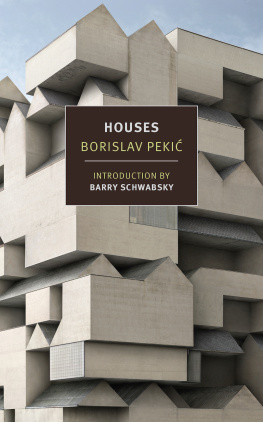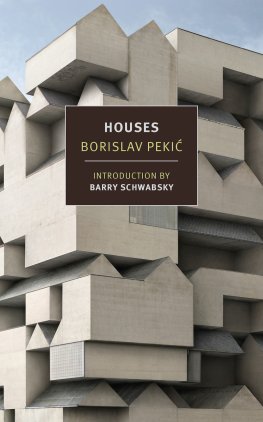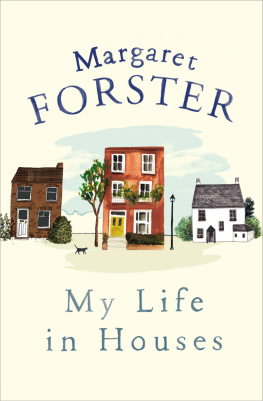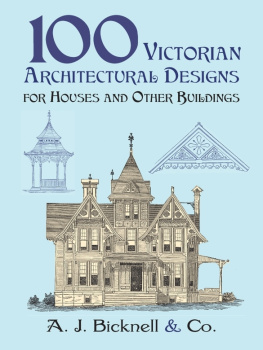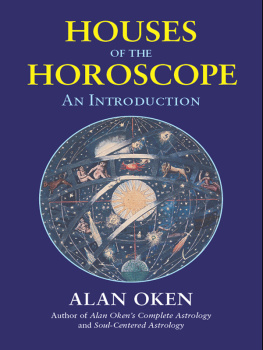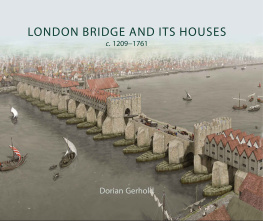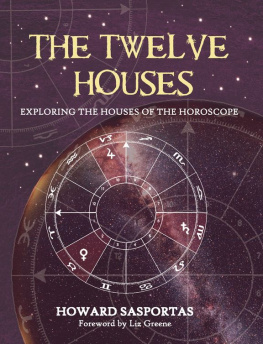
BORISLAV PEKI (19301992) was born in Montenegro and educated in Belgrade, where he was arrested in 1948 for his founding role in the Association of Democratic Youth of Yugoslavia and sentenced to fifteen years of hard labor. Though he contracted tuberculosis during the five years of the term he eventually served, he was able during this period to draft extensive outlines for future writings, including the family tree of the protagonist of Houses. After studying psychology at the University of Belgrade, Peki worked as a screenwriter, collaborating on more than twenty scripts, among them The Fourteenth Day, which represented Yugoslavia at the 1961 Cannes Film Festival. His first novel, The Time of Miracles, was published in 1965. In 1970, Houses won the prestigious NIN Award for best Serbian novel, and Peki managed to obtain a passport and emigrate to London. Living as an expatriate he continued to write novels and advocate for democratic reform. In all, Peki would write more than thirty works of fiction and nonfiction and saw some two dozen of his plays produced for the stage. Among his notable works are Kako upokojiti Vampira (translated into English as How to Quiet a Vampire, 1977) and the seven-volume saga of the Negovan family, Zlatno Runo (The Golden Fleece, 19781986). Following the collapse of Communism, he returned periodically to Serbia, finally helping to form the new Serbian Democratic Party in 1990 and clashing with security forces at an anti-Miloevi rally in 1991. The next year he died of lung cancer in London.
BERNARD JOHNSON (19332003) was affiliated with the Language Centre at the London School of Economics for many years. In 1970 he edited and translated the first anthology of modern Yugoslav literature, and throughout his career he distinguished himself as one of the most active translators of Serbo-Croatian poetry and prose working in English. In addition to Houses, NYRB Classics publishes Johnsons translation of Aleksandar Timas The Use of Man.
BARRY SCHWABSKY is the art critic for The Nation and an editor at Artforum. His books include The Perpetual Guest: Art in the Unfinished Present and Words for Art: Criticism, History, Theory, Practice and several poetry collections, most recently Trembling Hand Equilibrium.
HOUSES
BORISLAV PEKI
Translated from the Serbo-Croatian by
BERNARD JOHNSON
Introduction by
BARRY SCHWABSKY
NEW YORK REVIEW BOOKS

New York
THIS IS A NEW YORK REVIEW BOOK
PUBLISHED BY THE NEW YORK REVIEW OF BOOKS
435 Hudson Street, New York, NY 10014
www.nyrb.com
Translation copyright 1978 by Houghton Mifflin Harcourt Publishing Company
Introduction copyright 2016 by Barry Schwabsky
All rights reserved.
Originally published as Hodoae Arsenija Njegovana in Belgrade, Serbia, 1970 Reprinted by special arrangement with Houghton Mifflin Harcourt Publishing Company.
Cover image: Filip Dujardin, Untitled, 2009, from the Fictions series; courtesy of the artist
Cover design: Katy Homans
Library of Congress Cataloging-in-Publication Data
Names: Peki, Borislav, 19301992. | Schwabsky, Barry, writer of introduction. | Johnson, Bernard, 19332003, translator.
Title: The houses of Belgrade/Borislav Peki; introduction by Barry Schwabsky; translated by Bernard Johnson.
Other titles: Hodoae Arsenija Njegovana. English
Description: New York: New York Review Books, 2016. | Series: New York Review Books classics | Originally published in Serbo-Croatian as Hodoae Arsenija Njegovana, with English translation published in New York by Harcourt Brace Jovanovich, 1978.
Identifiers: LCCN 2015044418 (print) | LCCN 2015051358 (ebook) | ISBN 9781590179475 (paperback) | ISBN 9781590179482 (epub)
Subjects: LCSH: Architects and buildersFiction. | HousingFiction. | Belgrade (Serbia)Fiction. | Psychological fiction. | BISAC: FICTION/Historical. | FICTION/War & Military. | FICTION/Psychological. | GSAFD: Historical fiction.
Classification: LCC PG1419.26.E5 H613 2016 (print) | LCC PG1419.26.E5 (ebook) | DDC 891.8/235dc23
LC record available at http://lccn.loc.gov/2015044418
ISBN 978-1-59017-948-2
v1.0
For a complete list of titles, visit www.nyrb.com or write to:
Catalog Requests, NYRB, 435 Hudson Street, New York, NY 10014
CONTENTS
INTRODUCTION
The essence of the novel, if one dare speak of such a thing, lies in the disparity between a protagonists understanding of his situation (and, at least implicitly, himself) and the way things truly arebetween illusion and reality: Don Quixote. The eighteenth century articulated this disparity through the novel of education; the nineteenth century through the novel of disillusion. The inherent kinship between the two becomes clear in the very title of Flauberts Sentimental Education. By the mid-twentieth century, however, that disparity took a quite different form in what could be called the novel of mania, in which the protagonist clings so strongly to his illusion that he never sees through it. La Jalousie and Lolita are only among the first to come to mind.
Substitute apartment buildings for nymphetsas strange as that may soundand you might get something like Houses, the remarkable work by Borislav Peki which has previously been published in English as The Houses of Belgrade and whose Serbian title would be rendered as The Pilgrimage of Arsnie Negovan. Its easy to see why the original title never made the passage into English: Its odd to think of Arsnies life as a pilgrimage, since he does not willingly go in search of anything, preferring to stay home, immured with his illusions. The book was the second novel by Peki, one of the leading Yugoslavian writers of his generation, and no doubt one of the most imaginative and versatile, loath to repeat himself in either form or subject matter: Houses was preceded by The Time of Miracles, a parodic historical novel about Christ and his disciples allegorizing what Peki would call Communist Messianism, while among its successors, still unavailable in English, are works set in a Heathrow Airport overrun by an epidemic of rabies, on the lost continent of Atlantis, and in a postapocalyptic Siberia in which the last human survives in a world of robots. Also untranslated is The Golden Fleece, a seven-novel cycle chronicling the history of the Negovan family over the centuries. Peki was also active as a screenwriter and playwright.
Withdrawing from the world with nearly as much gusto as Cervantess hero plunged into it, Arsnie Negovan is a man whose mind has been unsettled, not by books, but by real estateby houses. A prosperous bourgeois landlord, a rentier, he should have no illusions about how to succeed in his professioncertainly not by being sentimental about architecture. And, making his first real estate purchases in 1924, Arsnie has entered the market when speculation was rampant. Belgrade between the world wars was undergoing breakneck expansion. As the architectural historian Ljiljana Blagojevi explains, in those years the city
was transformed from a provincial Balkan center into what could be seen as a modern European capital of the 1930s. Its population and the citys built-up area almost quadrupled, with the population increasing by an average of more than 10,000 people per year.... With no legal provisions for separate ownership of individual flats, landlords ruled over the feverishly growing rental property market.

